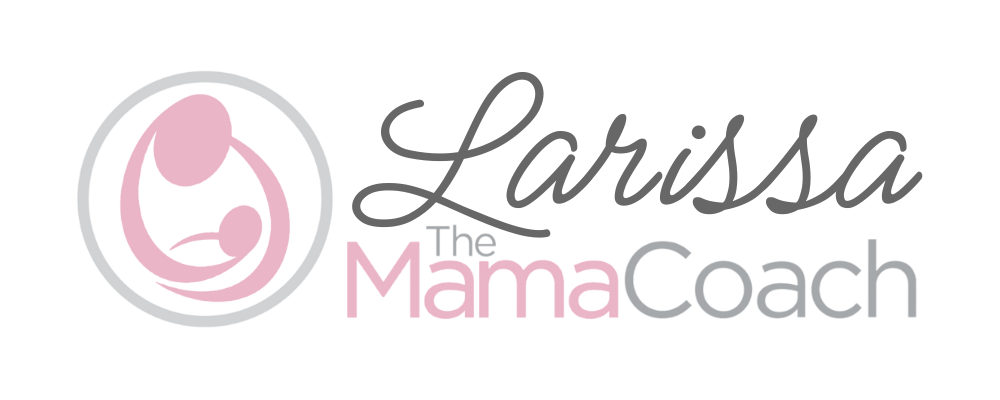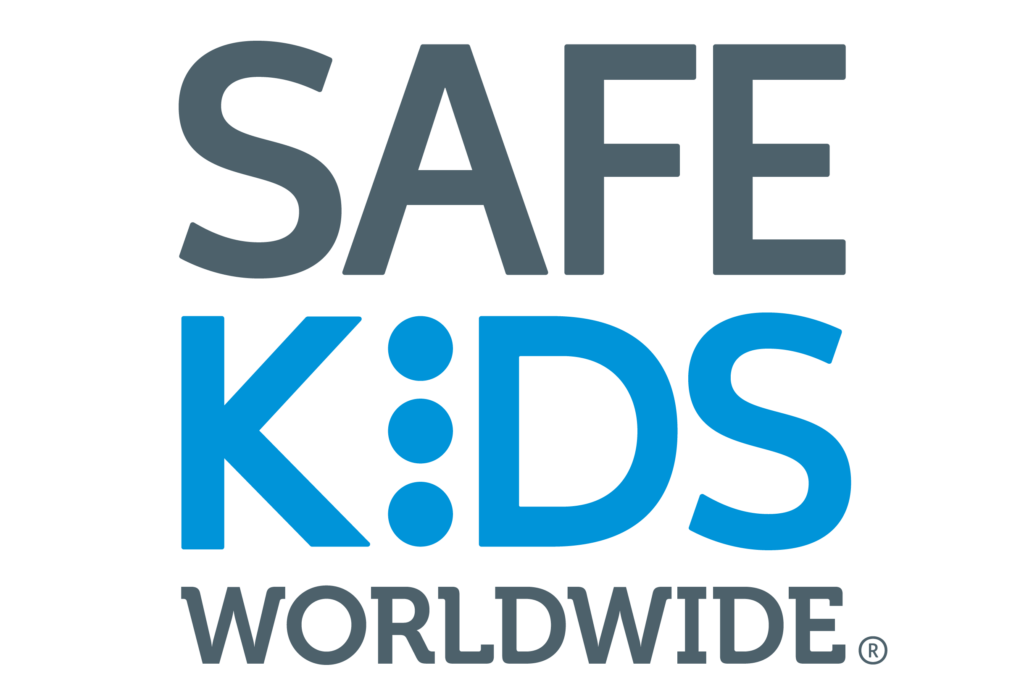Cow’s milk is a convenient source of protein, fat, calcium, and Vitamin D, which is why pediatricians often recommend cow’s milk once a toddler weans from breastmilk or formula. But, introducing cow’s milk can be confusing. Let’s jump in and answer some common questions from parents about cow’s milk for toddlers:
How much cow’s milk does my toddler need?
Here are the current cow’s milk recommendations from the American Academy of Pediatrics (AAP):
“At one year, babies should consume approximately 2 servings of dairy per day, or about 16 to a maximum of 24 ounces of whole milk per day. Whole-fat milk is recommended for children at this age, unless there is a family history or risk for obesity or heart disease.”
24 ounces is a significant amount of milk per day. If your child takes this amount of milk or more, it’s likely they will be too full to consume enough table foods, which can also lead to picking eating. Too much milk also increases their risk for constipation and iron-deficiency anemia. Food should be a child’s primary source of nutrition after 12 months. Cow’s milk is just a complement. If you think your child is filling up on cow’s milk, try decreasing down to closer to 16 ounces a day, and offer milk with meals in a cup rather than a bottle between meals.
How should I serve cow’s milk?
Cow’s milk is not a replacement for breastmilk or formula and doesn’t need to be regularly served in a bottle as its own meal. Your one-year-old should be getting the bulk of their nutrition from food. Think of cow’s milk as just part of your child’s diet, not a meal on its own. It can be served with meals in a cup. This can be a helpful mindset shift when weaning around 12 months old. Focus on replacing bottles (or breastfeeds if desired) with snacks or meals, not bottles of cow’s milk.
How should I be introducing cow’s milk?
Around 12 months, a simple way to introduce cow’s milk is to offer a small amount (like one to two ounces) with meals in an open cup or straw cup. Increase the amounts as your child tolerates. If your child doesn’t like the taste of cow’s milk, you can try a more gradual approach.
Gradual Approach: Mix a small amount of cow’s milk (1/4 cup) with formula or breastmilk (3/4 cup), and offer it in an open or straw cup with meals or snacks. Once your child is tolerating this mixture well, gradually increase the ratio of cow’s milk to breastmilk i.e. 1/2 + 1/2, then 3/4 + 1/4, until you have reached 100% cow’s milk with meals.
Your child does not need to consume 16 ounces of cow’s milk as soon as they hit 12 months. The transition is gradual, just like the transition away from formula or breast milk is gradual.
What if my toddler doesn’t like cow’s milk?
Your child can get the nutrients from cow’s milk in other places. Many pediatricians agree that cow’s milk is not a requirement for toddlers. If your child likes other forms of dairy and eats the recommended 2 servings per day, you don’t necessarily need to replace cow’s milk with anything besides water for hydration. If your child doesn’t like dairy at all or your family practices a vegan diet, consider milk alternatives. Work with their pediatrician to ensure they are meeting their nutritional needs from other sources. More about milk alternatives in the section below.
I’m still breastfeeding, does my toddler need cow’s milk?
Breastfeeding after 12 months? Most experts agree that there is no need to add cow’s milk to your toddler’s diet (or the equivalent nutrients from other milks or foods) as long as your baby is nursing at least 3-4 times per day. Fun fact — human milk contains less calcium than cow’s milk, but has over twice the bioavailability of the calcium compared to cow’s milk. However, a breastfed toddler may require a Vitamin D supplement. Talk with your pediatrician about what they recommend.
What about milk alternatives?
Families may choose not to consume cow’s milk for a variety of reasons; allergies or lifestyle choices are two examples. It is important to be aware that not all alternative milk sources are fortified, meaning that they don’t have the same amount of protein, healthy fat, and nutrients as found in cow’s milk. If you are interested in exploring a milk alternative for your child, speak with your child’s healthcare provider to discuss your options.
There are lots of alternatives available, but many don’t have comparable nutrition to cow’s milk. In general, unsweetened pea protein milk and unsweetened soy milk are good alternatives to cow’s milk based on their nutritional content.
Soy Milk
In terms of protein, fat, and calories, unsweetened soy milk is a nutrient-dense option for toddlers. Compared to other plant-based beverages, soymilk is one of the best sources of all of these nutrients. Soy milk is also the only plant-based milk with protein levels similar to cow’s milk. Note that soy contains high levels of isoflavones. Isoflavones may alter hormones, though there is no statistically significant data available that proves this theory. Soy milk also poses a risk of allergic reaction, as soy is one of the top allergens in the United States.
If you decide to offer your toddler soy milk, choose a plain or unsweetened variety that is fortified with calcium, and vitamins A and D. It is ideal for toddlers to have limited added sugars in their diet. Many “original” flavor soy milks contain added sugars, so be sure to check the label.
Pea Protein Milk
Pea protein milk is gaining recent popularity with families looking for a cow’s milk alternative. It contains a significant amount of protein, fat, and calcium, and is also soy, nut, and gluten-free. Pea milk is made from yellow split peas, fortified with several key nutrients. It contains thickeners, oils, and flavorings to create a creamy, milk-like liquid. If you choose to offer your child pea protein milk, look for a plain, unsweetened variety that is fortified with calcium, and vitamins A and D.
Other plant-based milks (like oat milk, almond milk, rice milk, etc.) tend to be low in protein and/or fat as compared to soy and pea milk. Always read your labels when shopping for milk alternatives, and be sure to consult with your pediatrician when making this choice for your family.
Below is a table from the AAP comparing the nutrition profile of common milk alternatives:
Remember to always speak to your child’s pediatrician with questions or concerns regarding their intake, growth, and nutrition.









